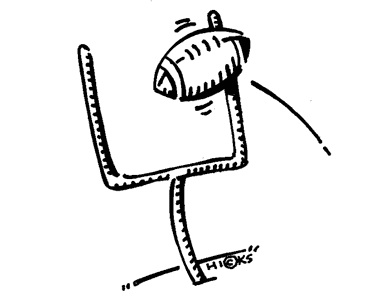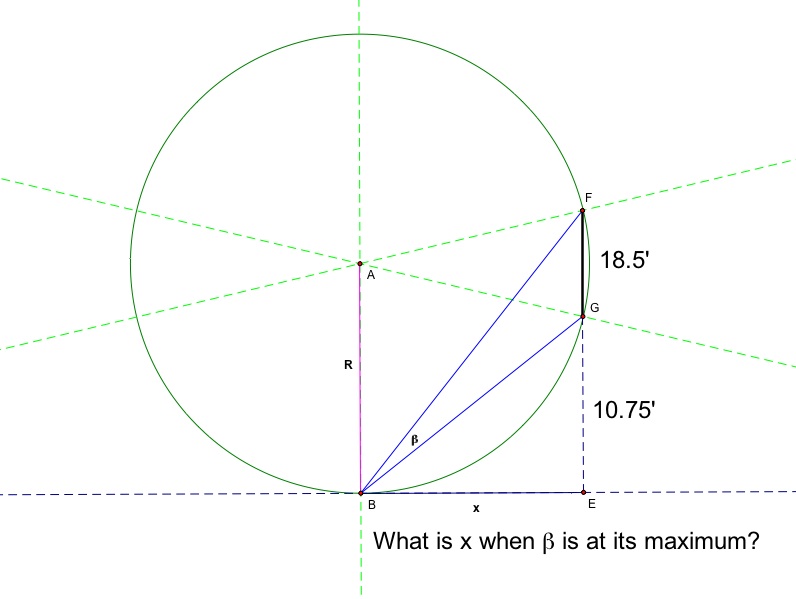
Assignment 6:
Field Goal Advantage
by
Kristina Little

Assignment 6:
Field Goal Advantage
by
Kristina Little

The goal posts of college football were originally placed on the goal line. These were eventually moved back 10 yards to the rear of the end zone in 1927. This move was considered necessary in an effort to avert injuries by any ball carriers or other players by collision into the uprights. Unfortunately, the move made the distance to kicking a field goal +10 yds at every try. In 1959, the idea was initiated that the field goal needed to be brought back into prominence in in the college arena. To accomplish this, the field goal width was increased almost 5 ft to a total width of 23 ft 4 in. In the following years, the great success of such a move caused rule makers in 1988 to look at the width of the goal posts once again. So in 1988 they disallowed the use of kicking tees for a field goal and any conversion attempts. Still, though, in 1991, the goals posts were once again returned to their initial width (the same as profession ball) at 18.5 ft.
Since then, many game commentators have belabored about how much harder it is to kick field goals now from the hash marks. Let's assume a field goal is attempted from the hash marks. We will find at which yard marker the kicker has the maximum angle to the two uprights. What we are trying to prove or disprove is whether there is any merit to some commentators' argument to take a penalty in order to have a "better angle" on the field goal kick.
A GSP picture of the idea behind the question.
We know that the goal posts are 18.5' apart. The distance between the two sets of hash marks on the field is 40'. Therefore we can deduce that since everything is centered about midfield, that there is 10.75' between the one side of the hash marks and the corresponding side of the upright.
So let's look at the picture below. Considering what we do know about geometry, when would angle ß be maximized?

The inscribed angle of ß (or otherwise known as angle GBF) has a relationship with the circle centered at point A. When this circle is tangent to the point B (ie the line that represents the hash marks), then the inscribed angle will be at its largest. So let circle A be tangent to the line that runs through point B and also go through points F and G to create this inscribed angle.
Then also from geometry we know that the product of the lengths of the entire secant segment from point E to point D is equal to the length of tangent segment from point B to point E squared.
![]()

What this means is that when our circle at center A in tangent to the hash marks at point B and makes the inscribed angle of GBF, then at 14.10 ft away from the goal posts angle GBF is at its maximum (the largest inscribed angle possible).
Therefore, we can say that the kicker will have the maximum angle on the field goal if the kick is attempted about 14.10' from the goal posts. This is, unfortunately, actually inside the 30' designated for the endzone. As such, there is no way for a kicker to get a "better" angle on the field goal by the team taking a penalty and moving further away from the goal line. Mathematically speaking that is. The kicker, who is human, may always feel more comfortable at a certain distance instead of another.
Assignment 7: Running in Tangent Circles